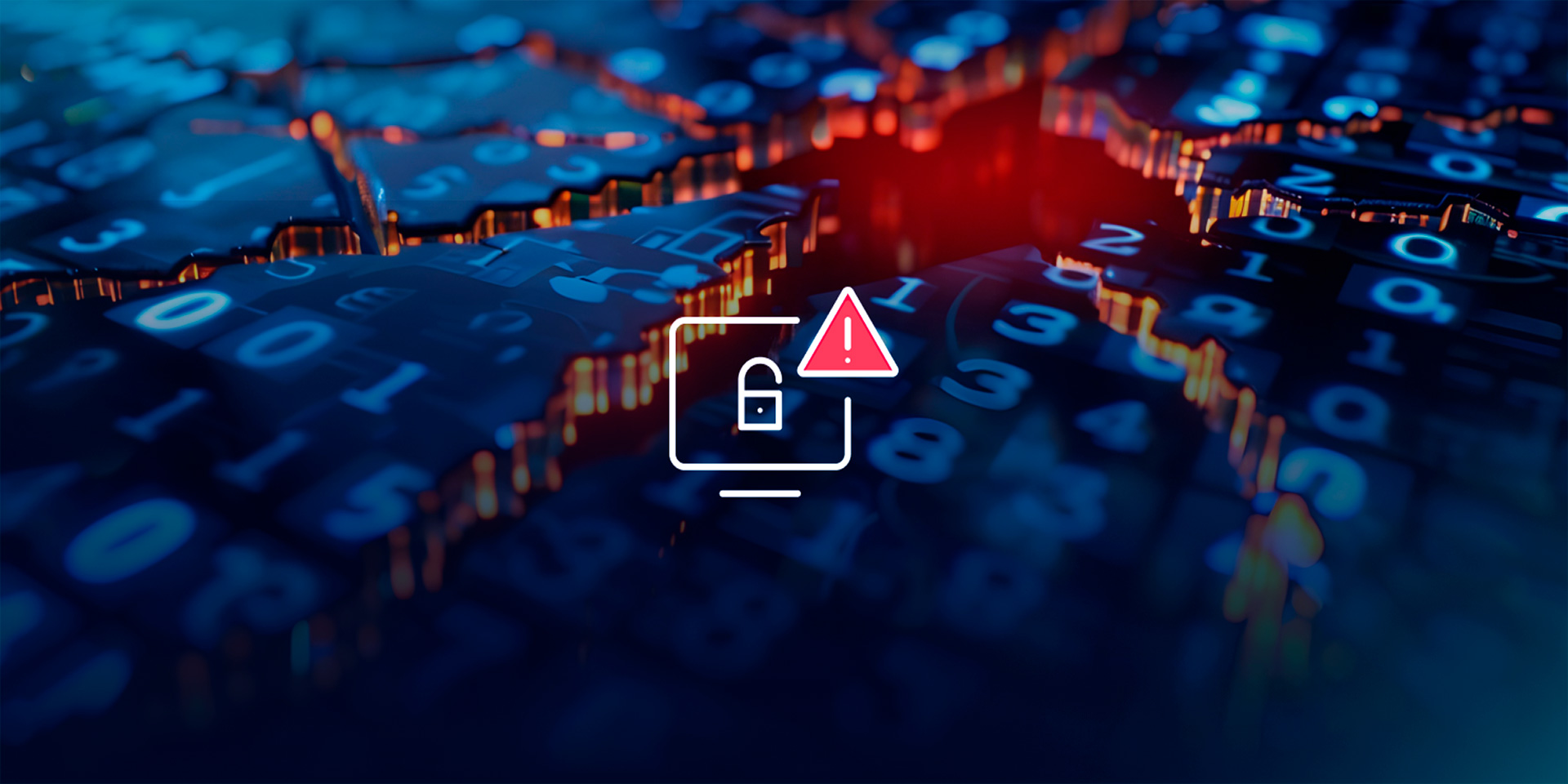As we move into 2024, the landscape of internet security continues to evolve, with cybercriminals becoming more sophisticated in their methods. Understanding the latest internet security threats and knowing how to stay protected is crucial for individuals and organizations alike. This article explores the top internet security threats to watch out for in 2024 and offers strategies to enhance your protection.
Ransomware Attacks
Ransomware remains one of the most pervasive and damaging internet security threats. Cybercriminals use this type of malware to encrypt a victim’s data, demanding a ransom in exchange for the decryption key.
Rising Sophistication of Ransomware
Ransomware attacks have become more sophisticated, with cybercriminals using advanced encryption techniques and targeting critical infrastructure. Double extortion schemes, where attackers not only encrypt data but also threaten to release sensitive information, are increasingly common. According to a report by Cybersecurity Ventures, global ransomware damage costs are predicted to reach $20 billion in 2024, reflecting the escalating threat.
Protection Strategies
To protect against ransomware, regularly back up your data and store it offline. Use robust antivirus and anti-malware software, keep all systems and software updated, and educate employees about phishing attacks, as they are a common vector for ransomware distribution. Implementing email filtering solutions and network segmentation can further reduce the risk of ransomware infiltrations.
Phishing Attacks
Phishi ng attacks involve cybercriminals masquerading as legitimate entities to trick individuals into revealing sensitive information, such as passwords and credit card numbers.
ng attacks involve cybercriminals masquerading as legitimate entities to trick individuals into revealing sensitive information, such as passwords and credit card numbers.
Evolving Phishing Techniques
Phishing techniques have evolved to include spear phishing, which targets specific individuals or organizations, and whaling, which targets high-profile executives. Attackers use sophisticated social engineering tactics and realistic-looking emails or websites to deceive victims. A 2024 study by Proofpoint revealed that 75% of organizations experienced phishing attacks, with many reporting increased sophistication in the methods used.
Protection Strategies
To combat phishing, use email filtering tools to block suspicious messages and educate users about recognizing phishing attempts. Implement multi-factor authentication (MFA) to add an extra layer of security, and encourage regular password changes and the use of strong, unique passwords. Training sessions and simulated phishing tests can significantly improve your organization’s resilience to phishing attacks.

Cloud Security Risks
With the increasing adoption of cloud services, security risks associated with cloud environments have also risen. Misconfigured cloud settings and inadequate security measures can expose sensitive data.
Common Cloud Security Threats
Common cloud security threats include data breaches, account hijacking, and insider threats. Misconfigured storage buckets and insufficient access controls are often exploited by attackers to gain unauthorized access to data. Gartner predicts that by 2024, 99% of cloud security failures will be the customer’s fault, highlighting the importance of proper configuration and management.
Protection Strategies
To enhance cloud security, implement strict access controls and regular security audits. Use encryption for data at rest and in transit, and ensure that cloud service providers comply with industry-standard security practices. Educate employees about secure cloud usage and monitor cloud environments for unusual activity. Leveraging Cloud Security Posture Management (CSPM) tools can help identify and rectify misconfigurations.
Internet of Things (IoT) Vulnerabilities
The proliferation of Internet of Things (IoT) devices has introduced new security challenges. Many IoT devices lack robust security features, making them attractive targets for cybercriminals.
Exploiting IoT Devices
Attackers exploit vulnerabilities in IoT devices to launch large-scale attacks, such as Distributed Denial of Service (DDoS) attacks, or to gain access to other parts of a network. Insecure default settings and lack of regular updates exacerbate these risks. The IoT Cybersecurity Improvement Act mandates security standards for IoT devices, but compliance varies widely.
Protection Strategies
To secure IoT devices, change default passwords and update firmware regularly. Implement network segmentation to isolate IoT devices from critical systems, and use security solutions specifically designed for IoT environments. Regularly monitor network traffic for unusual activity that may indicate a compromised device. Establishing a robust IoT device management policy can further mitigate risks.
Zero-Day Exploits
Zero-day exploits take advantage of previously unknown vulnerabilities in software or hardware. These exploits can be particularly dangerous as there are no immediate patches available to fix the vulnerability.
Impact of Zero-Day Exploits
Zero-day exploits can lead to data breaches, system compromises, and unauthorized access to sensitive information. Attackers often use zero-day vulnerabilities to infiltrate systems undetected, causing significant damage before the exploit is discovered and patched. In 2024, zero-day vulnerabilities are expected to rise, with increased targeting of critical infrastructure and high-profile applications.
Protection Strategies
To defend against zero-day exploits, use advanced threat detection and response tools that can identify and mitigate suspicious activity. Maintain a robust patch management system and prioritize the installation of security updates as soon as they become available. Employ network segmentation to limit the impact of a potential breach. Engage in threat intelligence sharing to stay informed about emerging threats.

Social Engineering Attacks
Social engineering attacks manipulate individuals into divulging confidential information or performing actions that compromise security. These attacks exploit human psychology rather than technical vulnerabilities.
Common Social Engineering Techniques
Common techniques include pretexting, where attackers fabricate a scenario to gain trust, and baiting, where attackers offer something enticing to lure victims into a trap. Social engineering attacks can occur through various channels, including phone calls, emails, and in-person interactions. The 2024 Verizon Data Breach Investigations Report indicates a rise in social engineering incidents, with attackers refining their psychological manipulation techniques.
Protection Strategies
To mitigate social engineering risks, conduct regular security awareness training for employees, emphasizing the importance of verifying the identity of individuals requesting sensitive information. Implement strict policies for information sharing and encourage a culture of skepticism and vigilance. Utilize security awareness platforms that simulate social engineering attacks to test and educate your workforce.
Advanced Persistent Threats (APTs)
Advanced Persistent Threats (APTs) are prolonged and targeted cyberattacks in which an attacker gains access to a network and remains undetected for an extended period. APTs typically target high-value information and critical infrastructure.
Characteristics of APTs
APTs are characterized by their sophisticated techniques, stealthy operations, and persistence. Attackers use multiple phases, including initial intrusion, establishment of a foothold, lateral movement, and data exfiltration, to achieve their objectives. According to FireEye’s 2024 M-Trends Report, the average dwell time for APTs has decreased, but the complexity and impact of these attacks have increased.
Protection Strategies
Defending against APTs requires a multi-layered security approach. Implement advanced intrusion detection and prevention systems (IDPS), conduct regular network audits, and establish robust incident response protocols. Foster collaboration between IT and security teams to enhance threat detection and response capabilities. Leverage threat intelligence services to stay ahead of emerging APT techniques.
Insider Threats
Insider threats involve malicious or negligent actions by individuals within an organization that compromise security. These threats can be particularly challenging to detect and mitigate.
Types of Insider Threats
Insider threats can be classified into malicious insiders, who intentionally harm the organization, and negligent insiders, who unintentionally expose the organization to risk through careless actions. Insider threats can result in data breaches, financial loss, and reputational damage. A Ponemon Institute survey in 2024 found that insider threats accounted for 60% of all security incidents, underscoring the importance of addressing these risks.
Protection Strategies
To address insider threats, implement stringent access controls and monitor user activities for signs of suspicious behavior. Conduct regular background checks and foster a positive work environment to reduce the likelihood of malicious actions. Provide training on data protection and security best practices to minimize negligent behavior. Utilize user and entity behavior analytics (UEBA) to detect anomalies that may indicate insider threats.
Conclusion
The rapidly evolving threat landscape of 2024 demands vigilance and proactive measures to safeguard against diverse cyber threats. By understanding and addressing threats such as ransomware, phishing, cloud security risks, IoT vulnerabilities, zero-day exploits, social engineering, APTs, and insider threats, you can strengthen your defenses and protect your digital assets. Staying informed about emerging threats and adopting comprehensive protection strategies will help you stay ahead in the ongoing battle against cybercrime.




